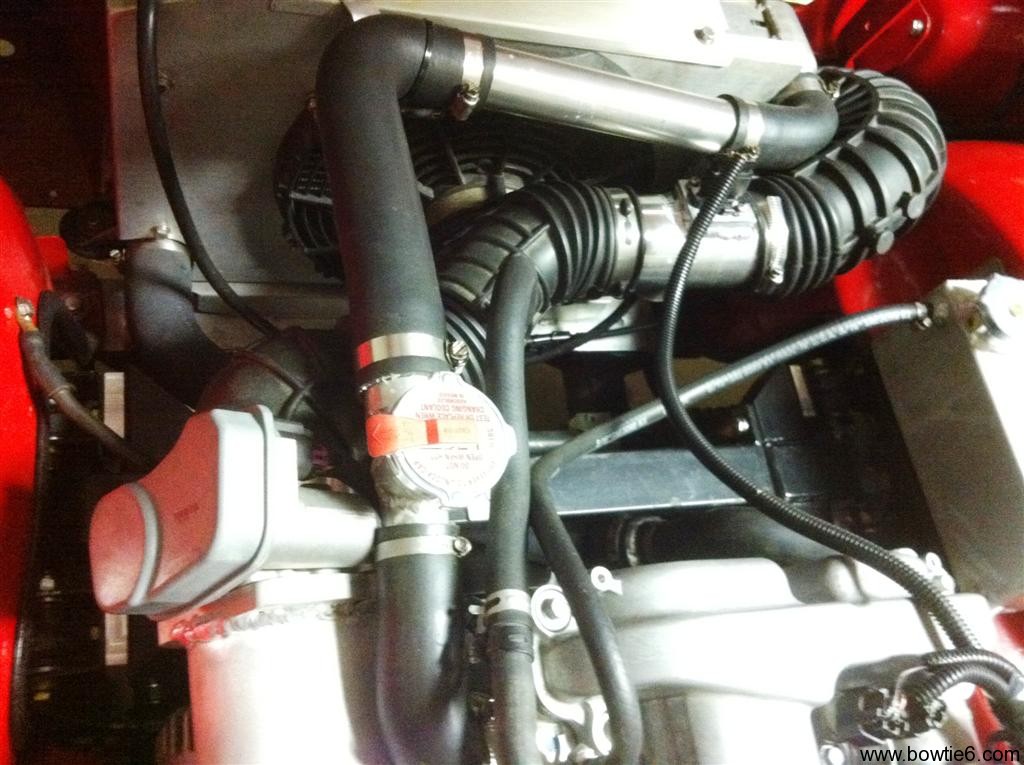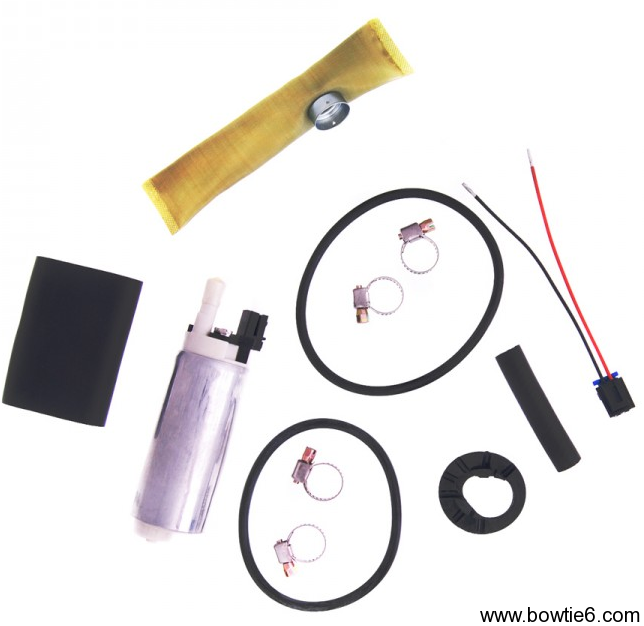One of the many things that gets overlooked when doing an engine transplant like mine is figuring out how to handle a small issue such as carpet. In order to fit the Ecotec, we had to modify the transmission tunnel and made a few alterations to the floor. You can see more about that by clicking here. That link shows pictures of the body work done long ago when we first did the V6 conversion.
With all this work as well including the new all aluminium transmission tunnel, any “original” carpet kit simply does not work. So how do we solve this issue? Some folks wold perhaps send the car off to somebody that would do a custom interiors. That would be too easy. We made our own.
Fist, the entire floor and new transmission tunnel were generously covered with DynamatExtreme. This stuff is not exactly cheap, but it does the job very nicely. There are several less expensive ways to cut corners here, but I am partial to the real-deal so that is what I used.
Next step is to get a nice base to the carpet. Fortunately, there is an industrial automotive carpet supply warehouse not far from my house. They have any carpet material imaginable. I bought several yards of this backing material for about five bucks per yard. This is 36″ wide material so you have to plan accordingly but for the price it is hard to beat. I’ve lined all the inside of the cab and trunk. This is what the cab looks like:
Installing this is not a real problem. Get a pair of sharp scissors and a box cutter blade and you will be in business. I used contact upholstery glue to hold the stuff in place. Word of caution: there are several types of glue. You can go to Home Depot or Lowe’s and spend big bucks on 3M contact cement – that stuff will set you back about $14 per can. Or, do like I did and get the adhesive at the carpet supply warehouse. They had this stuff for about $7 bucks a can. Can’t beat that. This takes a little time to get cut and glued down, but the result turns out nice and this helps keep noise and heat out.
Next comes the actual carpet. I bought a non-woven material that can be cut and shaped very easily. Best of all, it won’t “unravel” like regular carpet does. The material I bought comes in 72″ width and is not too terribly expensive either. Why go with this? Well, for one it is easy to install and best of all since it is cheap it can be replaced when it gets worn or looks bad. I used this material the first time I did the interior and that was five years ago. It held up extremely well.
The picture above shows several things (sorry for it looking “dark”). The carpet is now covering the transmission tunnel. The handbrake boot came from an “original” carpet kit. That was about the only decent piece in the set. At any rate, I saved and used this piece because it covers the handbrake handle. Basically I cut the section and placed that on the tunnel. Then on the new carpet I cut a square hole big enough to allow the boot to fit through. Glue it down and voila! It looks “factory”.
The shifter boot is straight out of Street Rod 101. You can get these at any street rot speedshop. It has four countersunk screws and the boot is vinyl. The shifter knob however is special. My cousin chucked on the lathe a solid piece of brass barstock and shaped it on the fly. This thing is heavy, but there is a valid reason for this: it helps shifting. Yeah, I’m sure you’re calling bullshit but this thing does work!
The seats are covered in “stock” foam and fine, exotic vinyl. Not exactly the fanciest or the most fancy but they do the trick. My good friend Mike was kind enough to cover them for me and they have held up quite well after 5 years of use. I reckon I could have sprung for leather but those are pricey and questionable in the durability department. Maybe one day I’ll have one of those “professional” outfits do the seats. For the time being, these will do just fine, thank you.
Finally on the floor are my trick sisal mats. Those were custom made for me by a South Carolina based company and they did an excellent job. And yes, those are little red dots woven in. They match quite nicely the exterior of bowtie6. These mats are extremely easy to keep clean and look awesome. Yes, they might be a little “retro” but it fits the personality of my car.
So there you have it. I still have some work to do on the firewall and I’ll have an update on that soon. The point I’m trying to make here is that if you think outside of the box you can get a real cool look and feel. It might not be “original” but who cares? I made this myself, it looks great and it did not cost a bunch of money.





















